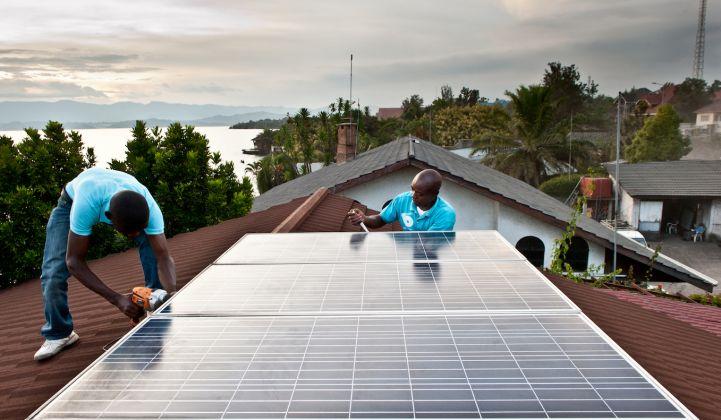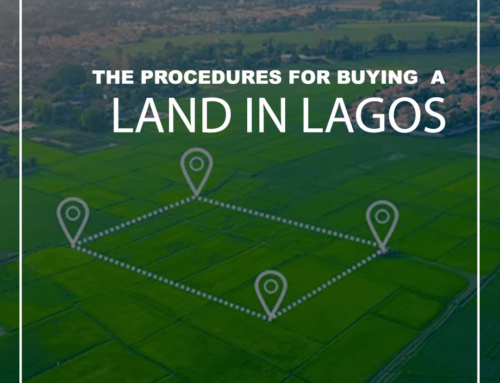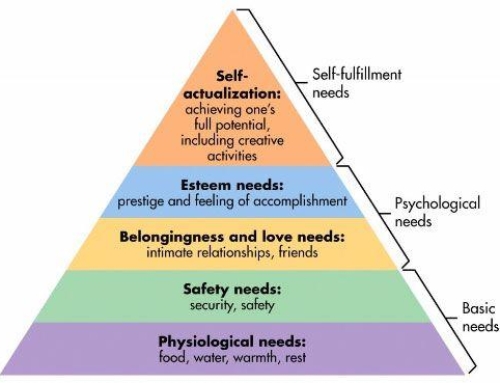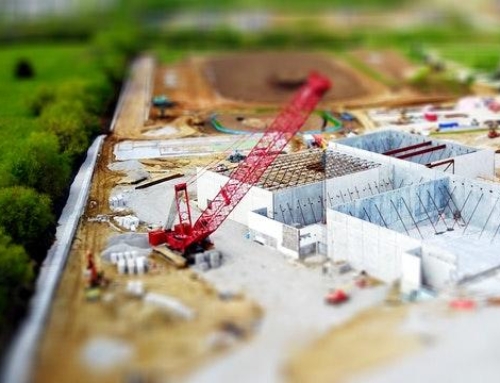So, you’ve thought about whether or not living off the grid is right for you; you know that it means no more utility bills and generating all of your own power, but what’s involved in that? It isn’t as easy as slapping a few solar panels on the roof and calling it good; when it comes to generating off grid power, there are a handful of methods that can combine to generate all the energy you’ll need to live comfortably off the grid.
Plug Into Off-Grid Power With Solar Electricity
Solar power is probably the one that jumps to mind for most of us when it comes to off-grid energy. The sun-powered option, which includes photovoltaic solar panels, an inverter and batteries, can provide lots of electric power (especially if you get a lot of solar exposure where you live) for a long time, without any moving parts and a little maintenance.1 The downside, at least for now, is the cost: it is rarely cost-effective to power an entire home entirely with solar, even allowing for several decades for a positive return on the investment. Add to that the wide variance of solar exposure by location and the fact that solar only works when the sun is shining, and it’s easy to see why solar remains a part of the answer, and not the whole thing.
Generating Off-Grid Power With Wind Electricity
If you get good news after you contact your local weather service to check on the average wind speed in your area, generating electricity from residential-sized wind turbines is another option for off-grid energy.2 Knowing the average and wind speed ranges, you can estimate how much electricity a given system will produce. Keep in mind, wind speeds on a specific lot can vary significantly from regional averages depending on local topography.
When it comes to picking a turbine, size matters. According to the U.S Department of Energy’s Wind Guidebook, if a typical home uses an average of 830 kWh of electricity per month, a turbine that generates between 5 to 15 kW is required (taking into account the average wind speed).2 The rotor size for a 10 kW turbine is about 23 feet in diameter and is mounted on a tower often more than 100 feet tall. If you live in town or on a small plot, a big one may not work as well, but many people have the necessary real estate for this size.
As with solar, there are pluses and minuses to going with wind energy off the grid; the biggest, most obvious one is the need for breeze: if the wind doesn’t blow, the turbine stays still and the electricity isn’t generated. Wind turbines also have moving parts, which means more things that require maintenance and have the possibility of failure. But if you’ve got a good consistent stiff breeze blowing through the back yard, you can harvest its energy for years to come.
Using Micro-Hydro Electricity to Live off Grid
Probably the least-known of the off-grid energy systems, microhydro electricity uses a source of running water, like a stream, to generate electricity; it’s produced from the energy in water flowing from a high level to a lower level that turns a turbine at the bottom end of the system.3
Microhydro electricity generation can be the most cost effective of the three. If your source is good, it runs 24 hours a day, 7 days a week, providing lots of off-grid energy for a long, long time; because it produces so much more consistent energy, fewer batteries are needed to store the energy because there is less (or zero) time that the system isn’t harvesting energy. Of course, as with the other two, it requires pretty specific on-site conditions; if you don’t have a stream in the backyard, you can’t use microhydro.
Conservation
If you can use what you have more efficiently, there’s no reason to spend more to make more. While designing for efficiency is the best way to achieve high levels of energy conservation, there are lots of retrofits in insulation and efficiency upgrades that can help cut back on demand. The U.S. Department of Energy’s Energy Saver Guide provides additional tips on saving money and energy at home.





